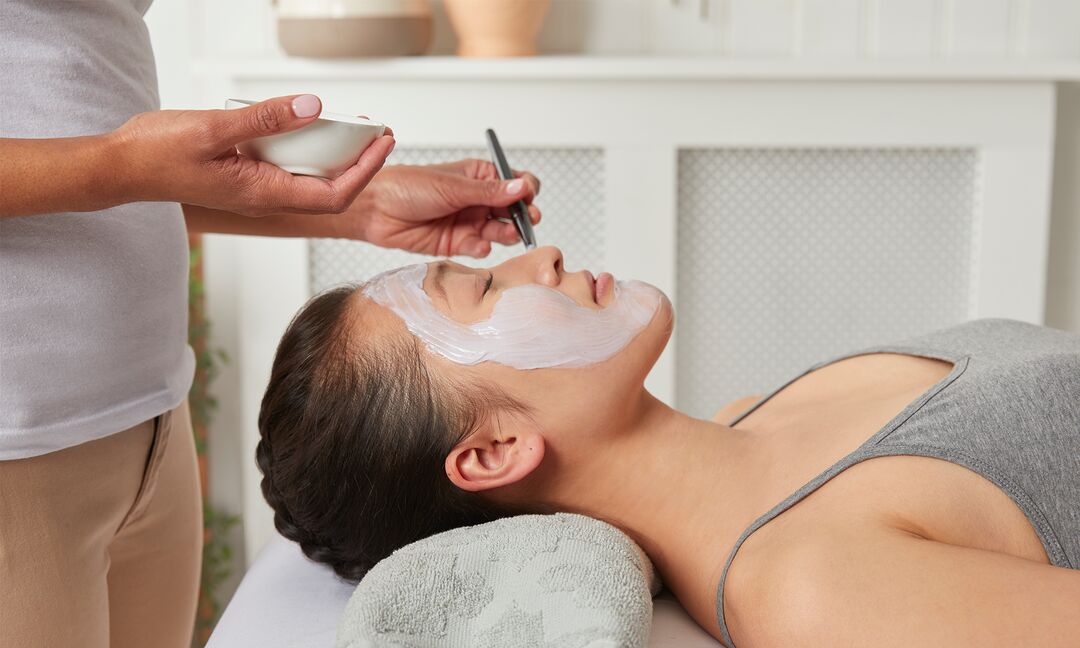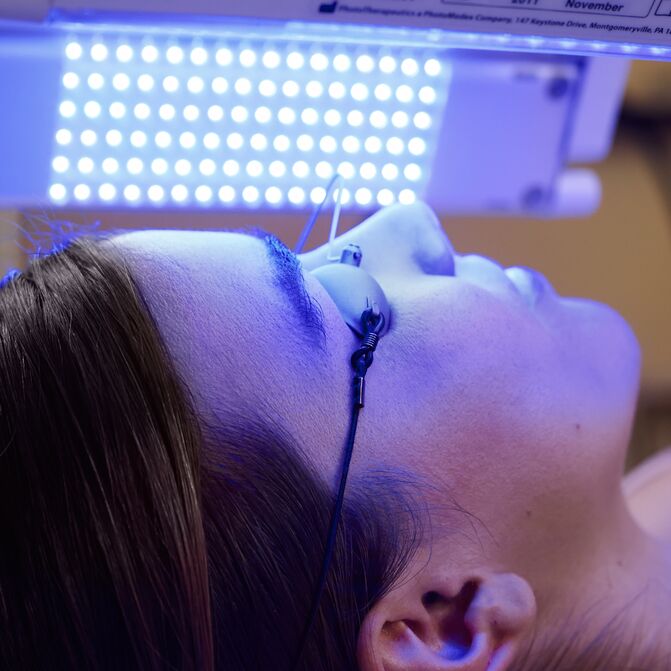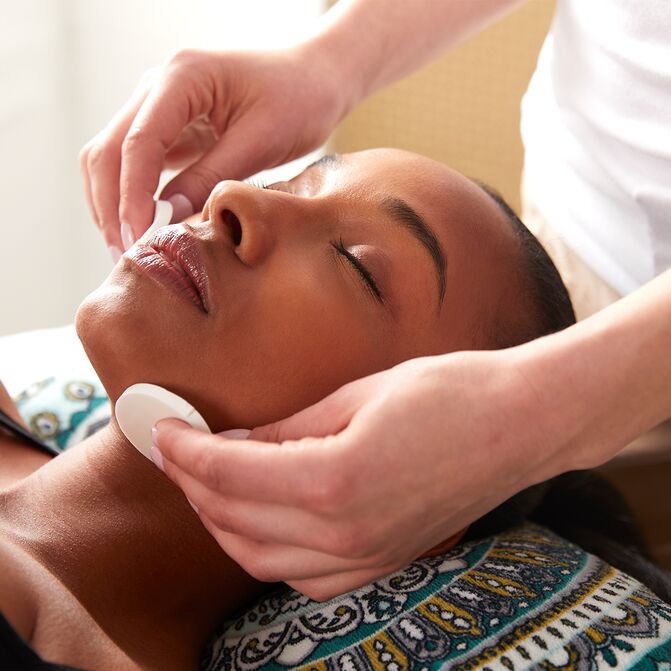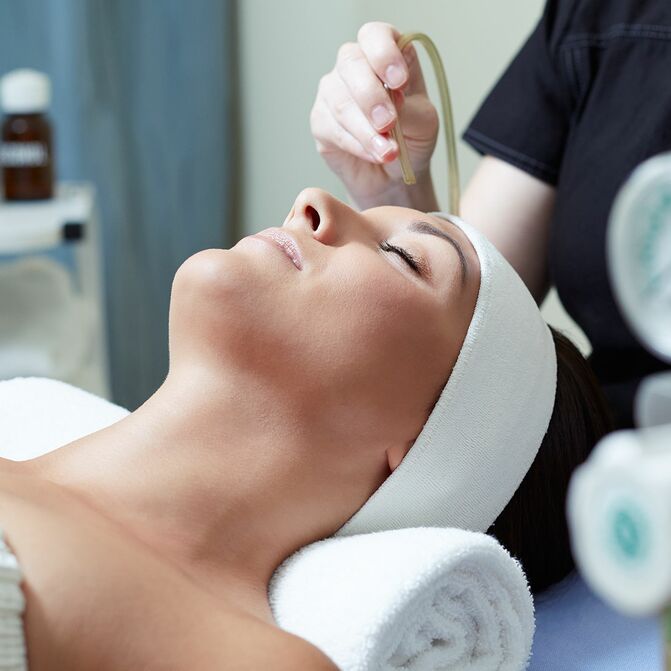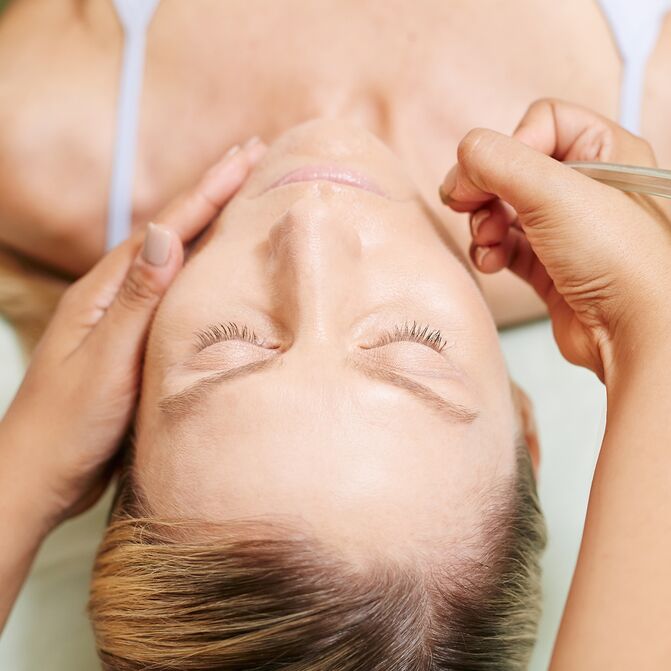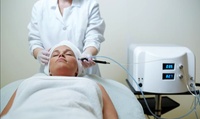GROUPON GUIDE TO ERIE
Five of the Most Common Facial Treatments at the Spa
BY: Editorial Staff |Sep 20, 2022
Facial Treatment Deals

Up to 37% Off on Dark Circle/Under Eye Treatment at Lov Med Spa Aventura
124 West 24th Street, New York
37% discount_off
$249.25 with_code GROUPON
Lov Med Spa

Moisturizing Facial with Eye Treatment for Radiant Skin
5100 North 9th Avenue, Pensacola
55% discount_off
$37.80 with_code GROUPON
PrettyGorge Luxury Spa Facials by; TaMala A. Allen

Upneeq Prescription Eye Drops for Eyelid Lift with Consultation
33% discount_off
$149.25 with_code GROUPON
Health Source Online

Up to 0% Off Dark Circle/Under Eye Treatment at Bekheit Care
1035 South Federal Highway, Hollywood
$150
Bekheit Care

HydraFacial sessions for glowing, rejuvenated skin
8312 West Chester Pike, Upper Darby
15% discount_off
$57.38 with_code GROUPON
MarryBella Salon

Experience Hydrating Facial with Extractions for Radiant Skin
2292 Coral Way, Miami
34% discount_off
$74.25 with_code GROUPON
Body Sense Holistic Spa & Wellness Center

Up to 60% Off on HydraFacial at BEA BROWS SPA
815 North Federal Highway, Boca Raton
60% discount_off
BEA BROWS SPA

Choose a 45-Minute Luxury Spa Facial Experience Today
8491 Old Spanish Trail Road, Pensacola
50% discount_off
$28.12 with_code GROUPON
PrettyGorge Luxury Spa Facials by; TaMala A. Allen

60 Minute Anti-Aging Hydro Facial and European Facial Options
1211 Park Avenue, San Jose
35% discount_off
$48.75 with_code GROUPON
Littleslashes

Experience IPL Photo Facials and More for Radiant Skin
143 West 29th Street, New York
40% discount_off
$112.50 with_code GROUPON
M Beauty Studio Spa

Experience Radiant Skin and Effortless Beauty with Eyelash Perms
136-89 Roosevelt Avenue, Flushing
54% discount_off
$33.75 with_code GROUPON
Rebirth Beauty Spa

Up to 51% Off on Facial
8491 Old Spanish Trail Road, Pensacola
51% discount_off
$34.30 with_code GROUPON
PrettyGorge Luxury Spa Facials by; TaMala A. Allen

Up to 43% Off on Pamper session
1870 North Young Circle, Hollywood
43% discount_off
$117.56 with_code GROUPON
Nikki Zens Lymphatic Drainage Massage And Full Luxury Travel Spa

Master Anti-Aging with Online Plasma Pen Training
69% discount_off
$39.06 with_code GROUPON
Peach Academy

Up to 56% Off on Facial
8491 Old Spanish Trail Road, Pensacola
52% discount_off
$25.20 with_code GROUPON
1 bought
Ma' Therapy (massage spa clinic) & Kids Spa!
Spa Deals

Up to 35% Off on Body Wrap at BEA BROWS SPA
815 North Federal Highway, Boca Raton
35% discount_off
BEA BROWS SPA

Discover Clarity with Online Meditation and Psychic Readings
89% discount_off
$6.60 with_code GROUPON
960+ bought
Psychic Insight

Find Calm: Rage and Meditate Online Course
9110 North Loop 1604 West, San Antonio
50% discount_off
$7.49 with_code GROUPON
Duchess Xperience

Massage with Optional CBD Lotion or Aromatherapy or Hot Stone Massage
809 N. Bethlehem Pike, Suite E-3, Ambler
46% discount_off
$44.25 with_code GROUPON
Quest Chiropractic

Choose a 45-Minute Luxury Spa Facial Experience Today
8491 Old Spanish Trail Road, Pensacola
50% discount_off
$28.12 with_code GROUPON
PrettyGorge Luxury Spa Facials by; TaMala A. Allen

Join a 7-Day Guided Meditation Challenge for Mindfulness
42% discount_off
$8.26 with_code GROUPON
peaceinside.me

Up to 73% Off on Online Yoga & Meditation Session at peaceinside.me
73% discount_off
$20.30 with_code GROUPON
peaceinside.me

Up to 31% Off on Yoni Steam at The girl spot spa aesthetic
473 Northeast 20th Street, Boca Raton
31% discount_off
$33.60 with_code GROUPON
The girl spot spa aesthetic

Up to 60% Off on Pampering Package at Ma' Therapy (massage spa clinic) & Kids Spa!
8491 Old Spanish Trail Road, Pensacola
56% discount_off
$77 with_code GROUPON
10+ bought
Ma' Therapy (massage spa clinic) & Kids Spa!

Up to 43% Off on Pamper session
1870 North Young Circle, Hollywood
43% discount_off
$117.56 with_code GROUPON
Nikki Zens Lymphatic Drainage Massage And Full Luxury Travel Spa

Gift Cards for Spa Services from $50 to $200 Available Now
1717 North T Street, Pensacola
50% discount_off
$52.50 with_code GROUPON
PrettyGorge Luxury Spa Facials by; TaMala A. Allen

Spa day pass with movie and art for two in a relaxing escape
44% discount_off
$36.75 with_code GROUPON
10+ bought
LuLur Retreats/THE FILMMAKERS Movie Experience
